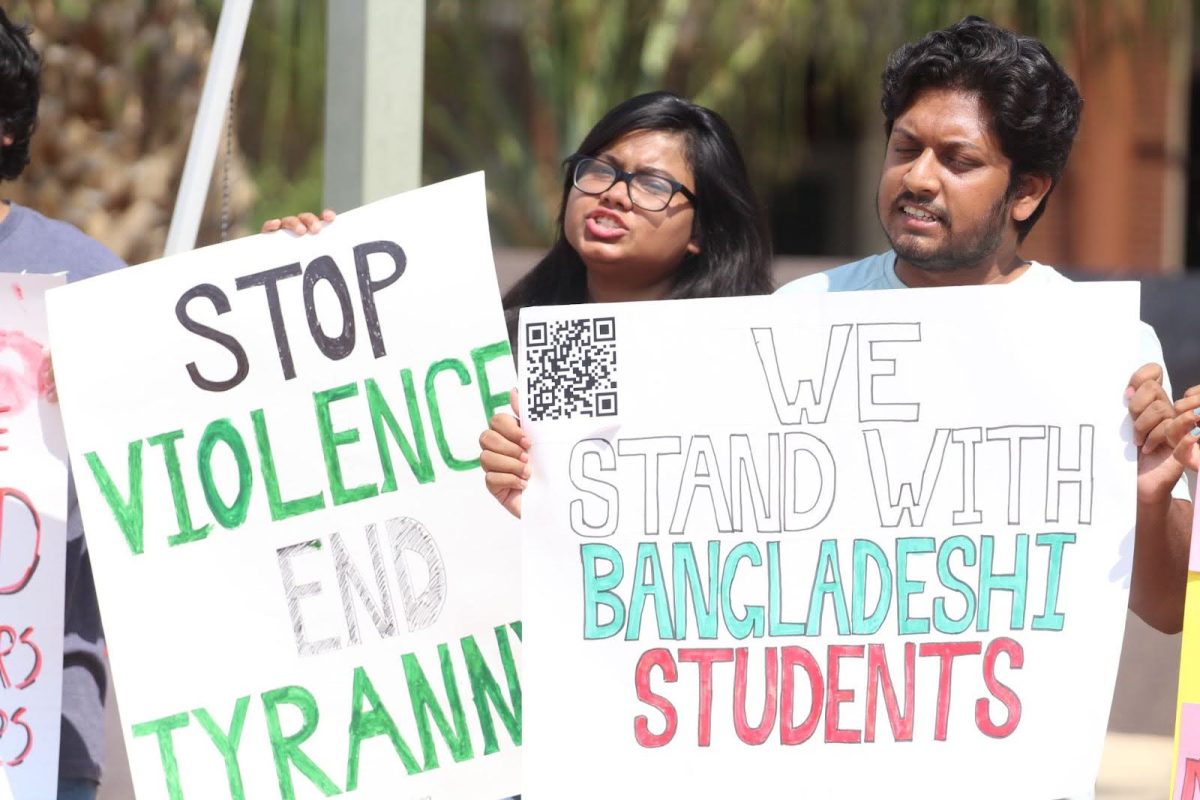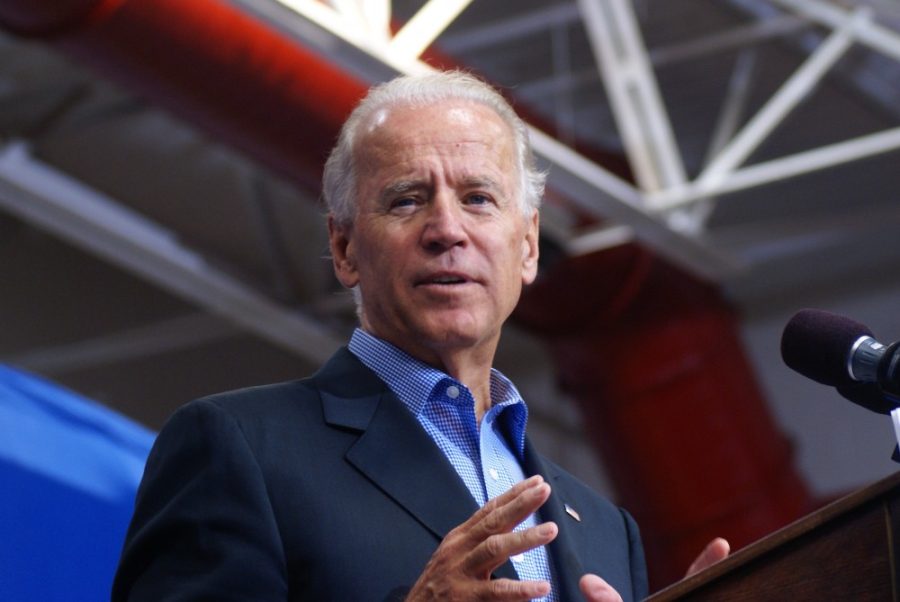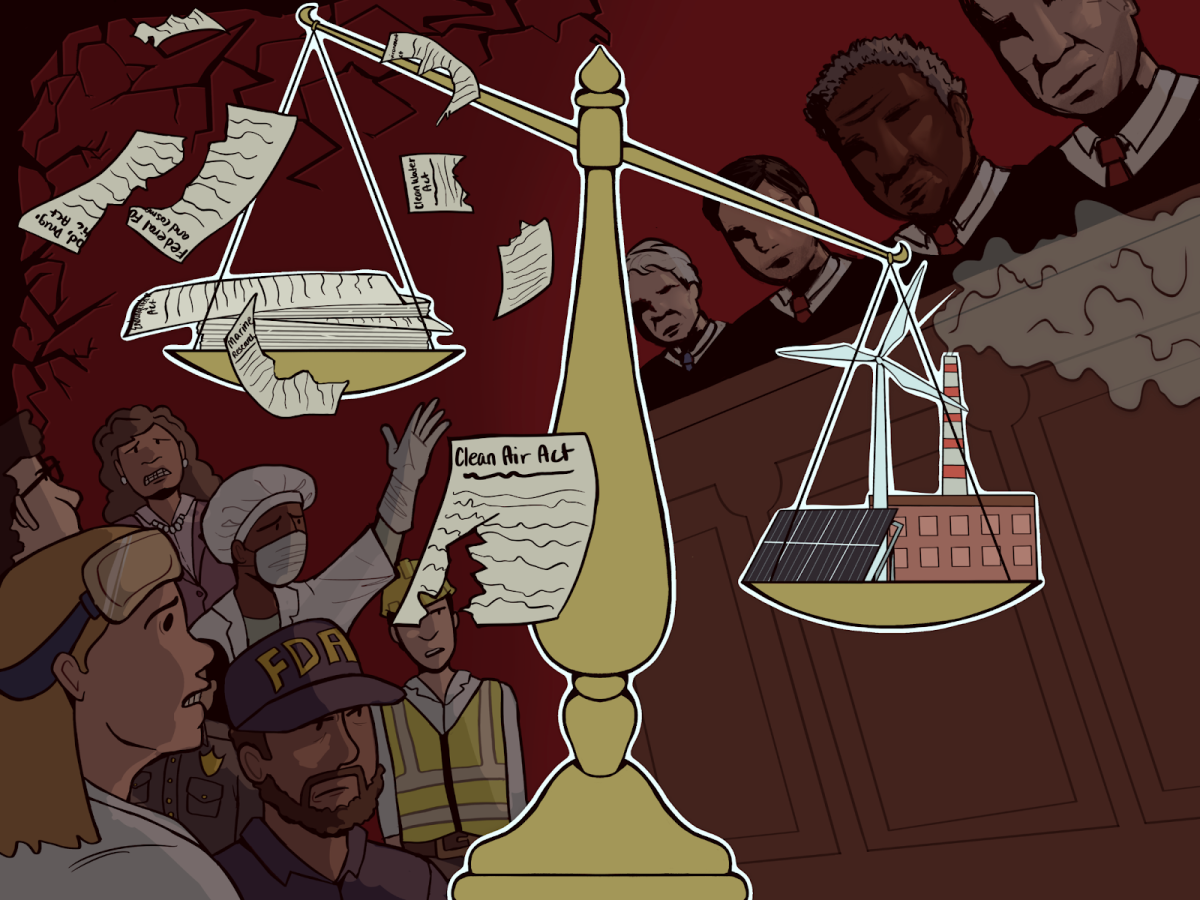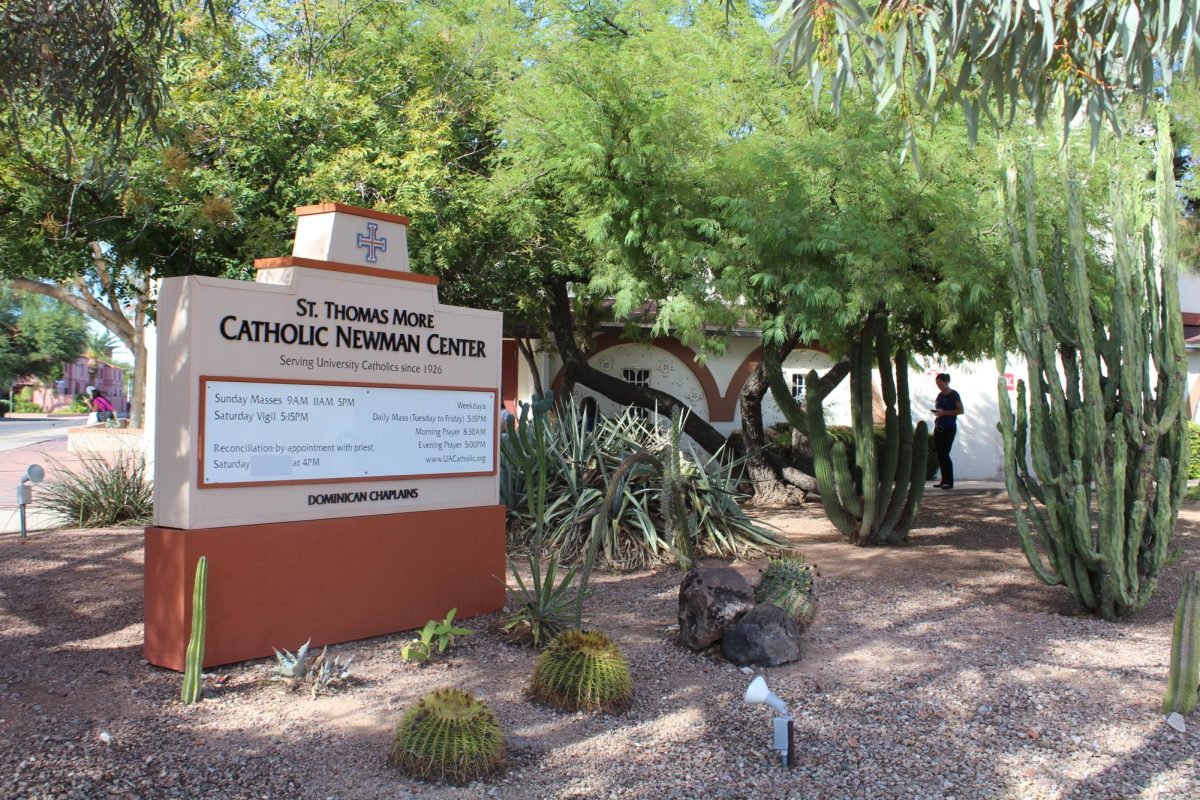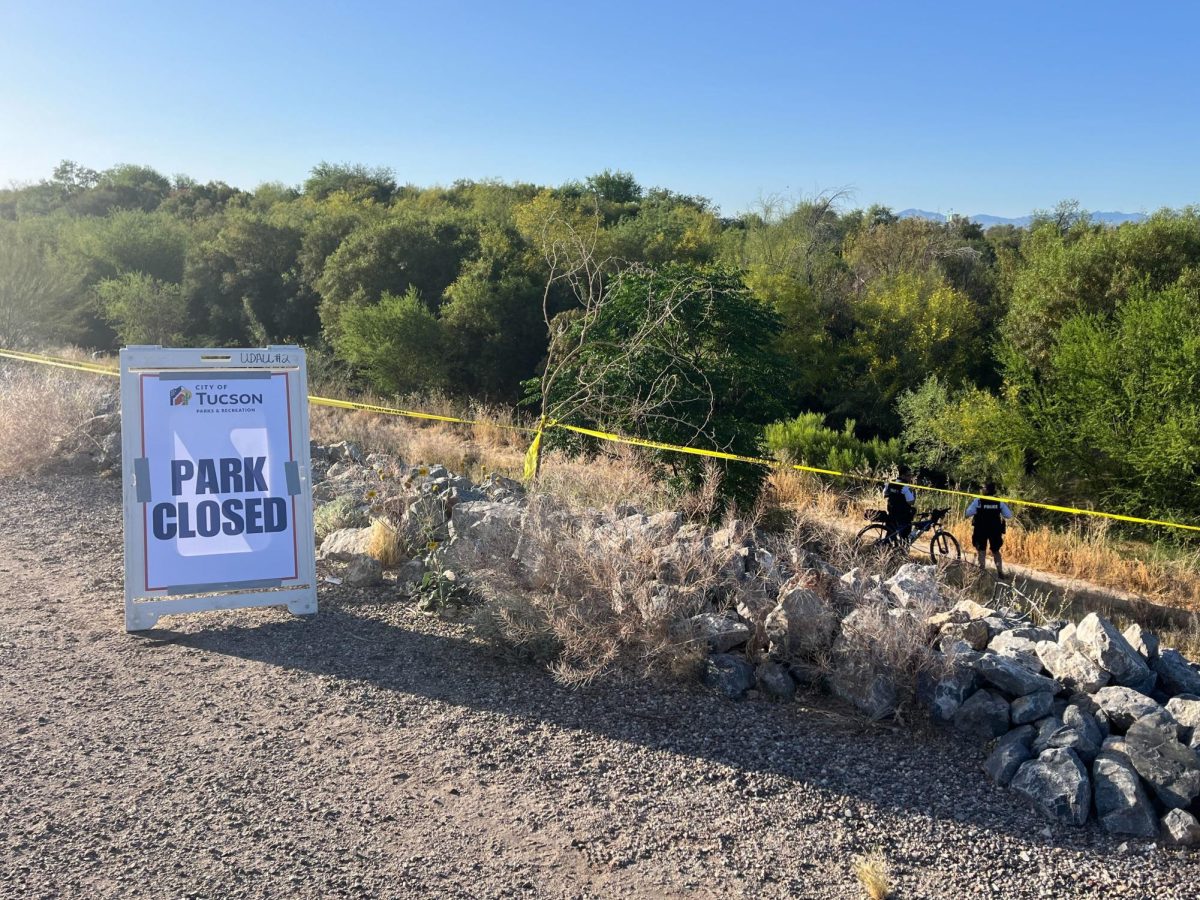The prospects for the United States holding up its part of the Paris Agreement looked grim last week when the Supreme Court voted 5-4 to halt President Barack Obama’s climate change regulation plan.
The regulation, known as the Clean Power Plan, was a big part of the United States’ plan to take action against climate change.
“If that [Clean Power Plan] doesn’t happen then they are not even going to be near what they had promised,” said Miriam Gay-Antaki, a UA graduate student studying gender and climate change.
The recent death of conservative Justice Antonin Scalia changed the terms of the climate change discussion.
“Until recently, the door to the 115 path had been closed for political reasons. But the combination of the Paris Agreement plus a more environmentally minded Supreme Court may have changed conditions enough for that pathway to be open,” said UA graduate student Sonya Ziaja.
Gay-Antaki was part of a UA Agnese Nelms Haury Program in Environment and Social Justice delegation sent to the United Nations Climate Conference held in Paris in November 2015. She explained that there were two main goals for the conference.
First, to make sure the Earth does not warm by more than 2 degrees Celsius before the end of the century and second, to increase funding to developing nations to $100 billion by 2020 to help those nations transition away from the use of fossil fuels.
Before going to Paris, all nations in “a position to do so” were expected to submit a contribution to stop the world from warming more than 2 degrees Celsius by March 2015.
The United Nations Framework Convention on Climate Change received 160 submissions reflecting 187 countries and covering 95 percent of global emmissions, according to the Climate Action Tracker.
The Climate Action Tracker was created by a group of four research organizations to provide an independent scientific analysis of global efforts to slow the warming of the Earth. The group assessed the U.S. submission as “medium” compared to “sufficient” and “inadequate.”
The U.S. pledged to reduce net greenhouse gas emissions by 26 to 28 percent below 2005 levels by 2025. Current policies including the Clean Power Plan have the U.S. on track to keep emissions 8 to 12 percent below that of 2005 by 2020, according to the Climate Action Tracker.
Greenhouse gas emissions in the U.S. were already 9 percent below 2005 levels as of 2013, according to the Evironmental Protection Agency.
These current policies will allow the U.S. to meet its 2020 pledge, but more regulations will be needed to reach its 2025 goals.
The Supreme Court’s verdict may prevent the U.S. from reaching its 2020 pledge. By halting the legislation, the Supreme Court is keeping the regulation from being enacted until it hears from the opposition. This process could take over a year.
Gay-Antaki explained why the opposition to the Clean Power Plan is so strong.
“Why there’s so much resistance is that you basically need a shift in how we’re developing and [in] the U.S. [most] energy still comes from burning fossil fuels, so that’s one of the biggest issues,” Gay-Antaki said.
Gay-Antaki is hopeful that if the Clean Power Plan is rejected, the other nations who signed the Paris Agreement would pressure the U.S. to make new policies rather than dropping out of the agreement themselves.
“I hope that all other countries make the U.S. kind of do something else, because I think many countries, even though they are not committing as much as they should, have realized that we are in a threshold,” Gay-Antaki said.
Gay-Antaki said the effects of the world warming more than 2 degrees Celsius by the end of the century could be catastrophic. The effects could include the flooding of island nations and increased droughts.
But Ziaja, who also attended the conference, said there is still hope for passing greenhouse gas regulations without the Clean Power Plan.
“There are basically two relevant paths in the Clean Air Act that, in theory, offer the president an opportunity to regulate [greenhouse gas] emissions,” Ziaja said.
According to Ziaja, The second path, section 115 of the Clean Air Act, would allow for even stronger regulation of greenhouse gas emissions than the Clean Power Plan.
Follow Michelle Jaquette on Twitter



